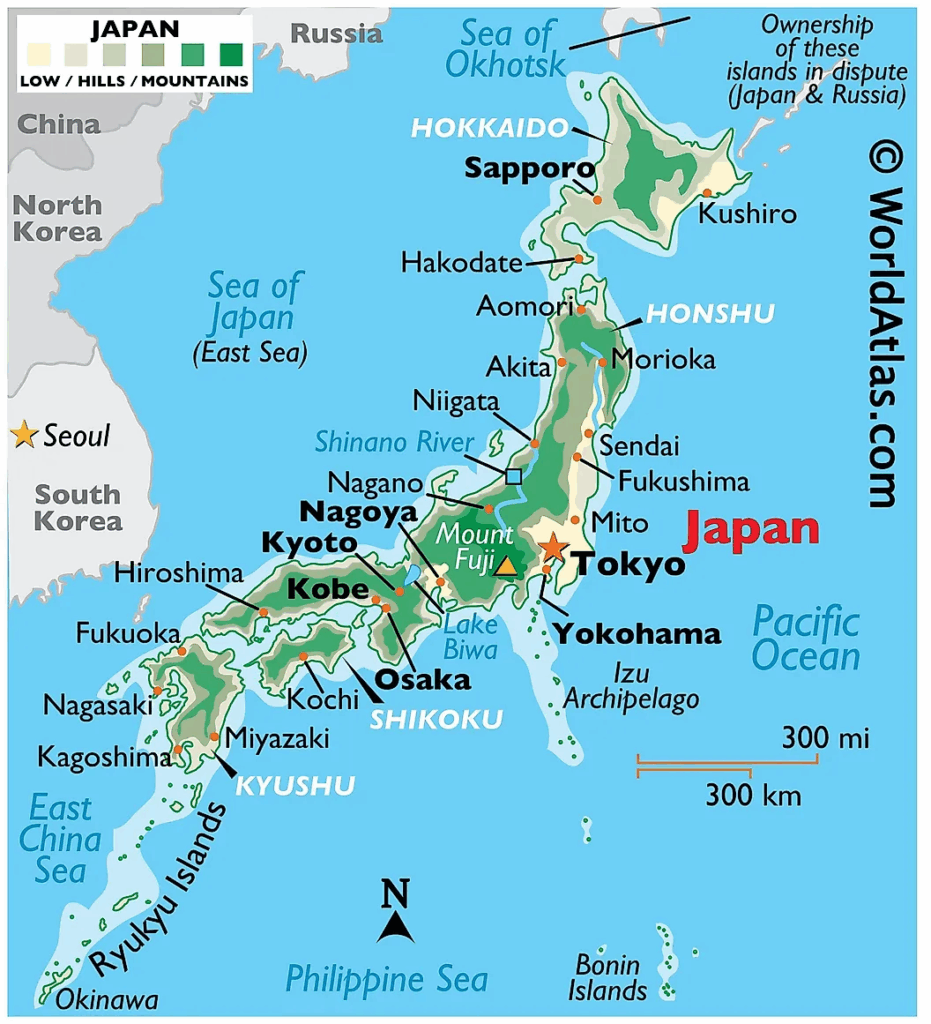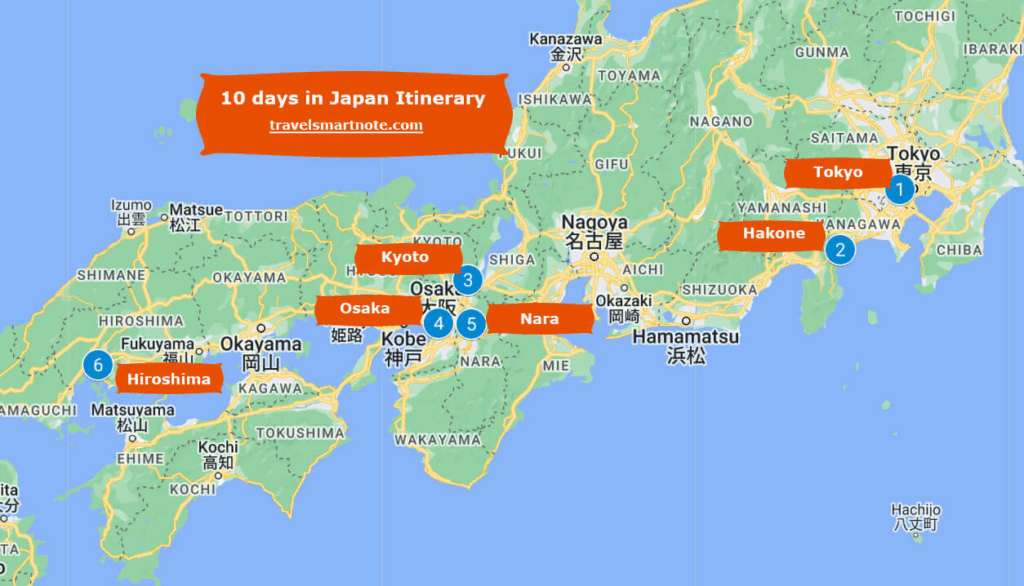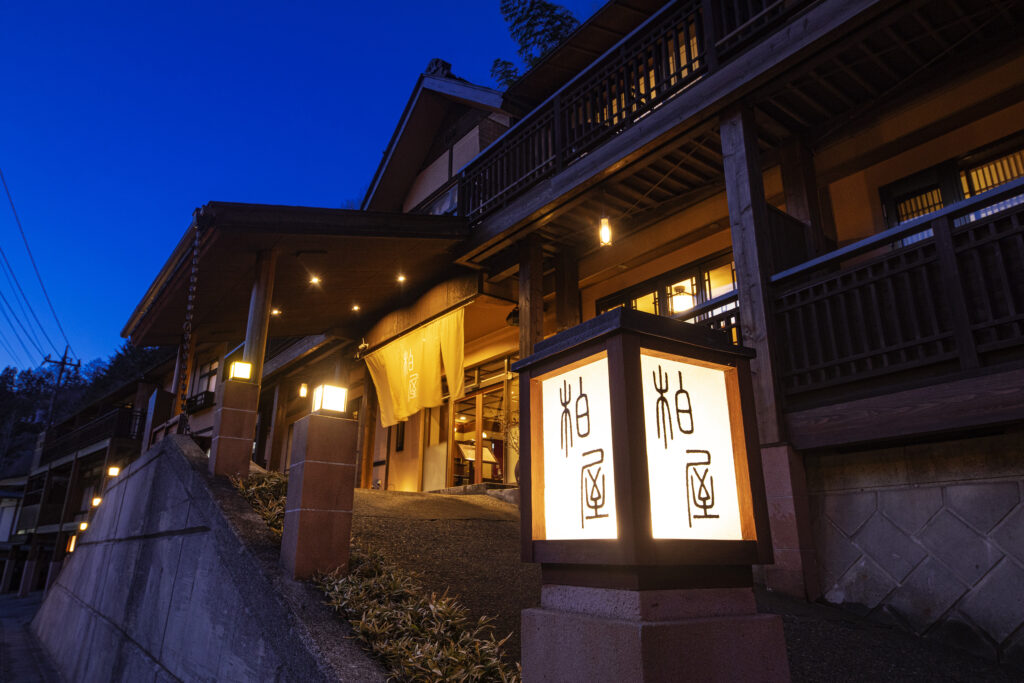Introduction
When you start planning a trip to Japan, you need to decide which area and which city you want to visit, and how you should plan your route.
This blog is meant to be useful both for people visiting Japan for the first time and for those who have been here before. (Hopefully!)
Beginning Your Journey
When traveling in Japan, most trips start from Tokyo.
This is partly because Tokyo has an airport, but also because, geographically, it makes a convenient starting point.

(https://www.worldatlas.com/maps/japan)
As you can see on the map, Tokyo is located in the middle of Japan.
This means it is easier to access most areas, and there are many transportation options (you should try the bullet train at least once in Japan!).
Whether your destination is in the east or west, it’s easy to plan your route from Tokyo.
Golden route of Japan
If you stay in Japan for a few months, you could cover most of the country.
However, most people stay in Japan for only a few days to a few weeks.
That’s why many travelers take the “Golden Route” to see the famous spots in a short time.
Here are some examples of Japan’s Golden Route.

(https://muslim-guide.jp/golden-route/)

(https://travelsmartnote.com/10-days-in-japan-itinerary-for-first-timers/)
Usually, trips start from Tokyo and go west across Japan (unfortunately, the eastern side is less popular).
I have never met anyone visiting Japan for the first time who doesn’t go to Osaka and Kyoto.
These cities have traditional temples, castles, historic buildings, and more. They are also famous for foods like takoyaki, okonomiyaki, ramen, and of course, sushi.
It’s called the “Golden Route” because it efficiently covers Japan’s most famous highlights.
Is the golden route the best route?
Of course the Golden Route is good for you who never go to Japan to know the surface of Japan.
Also, I don’t deny to trip Japan alog the golden route.
However, there are some challenges in the Golden Route, in my opinion.
First, The cities that are typically included in the “Golden Route” have become highly commercialized, making it difficult to experience the authentic essence of Japan.
Services and menus that are supposed to be traditional have, in a sense, turned into performances — staged for tourists rather than reflecting genuine Japanese culture.
The second challenge is how easy — or rather, how difficult — it is to travel comfortably.
Covering such long distances with heavy luggage can be tiring both physically and mentally.
And because the Golden Route connects some of Japan’s most popular tourist spots, it’s usually packed with people, leaving little chance to explore at your own pace.

(https://eleminist.com/article/3842)
What’s the best way
My idea of the best approach is to “add punctuation” to the trip. In other words, intentionally include places that are not famous along the Golden Route. By doing this, travelers can recover from the fatigue of long-distance travel while also enjoying the authentic atmosphere and scenery of Japan.
One of the recommended places is Kashiwaya Ryokan, located in Shima Onsen, Gunma Prefecture.

Shima Onsen is by no means one of Japan’s most famous hot spring resorts, which means it’s less crowded and allows visitors to enjoy a nostalgic, retro-style Japanese town. Additionally, the hot spring water in Shima Onsen is mild and unassuming, making it easy and enjoyable for international visitors.

(https://japan-dev.com/blog/tattoo-friendly-onsen)
Among the hot springs in Shima Onsen, there are three reasons why I recommend Kashiwaya Ryokan.
The first reason is that even guests with tattoos are allowed to use the hot springs.
At Kashiwaya Ryokan, in addition to the public hot spring, there are three private hot springs—all of which require no reservation and have no extra charge—and all of them welcome guests with tattoos.
About Tatoos at Kashiwaya Ryokan
The second reason is that they offer a vegan menu. In Japan, there are still few places with well-established vegan options, which can be a challenge for vegan travelers. At Kashiwaya Ryokan, however, vegan meals are available so that such guests can also enjoy their stay. (Please note that this is available for reservations of two or more people.)
And the final reason is that there is a direct bus service from Tokyo Station. There’s no need to worry about complicated train transfers, and the bus stop is located right next to the ryokan, making it easy to find.
How did you find this information?
I hope it will be helpful for your trip to Japan.



Comments